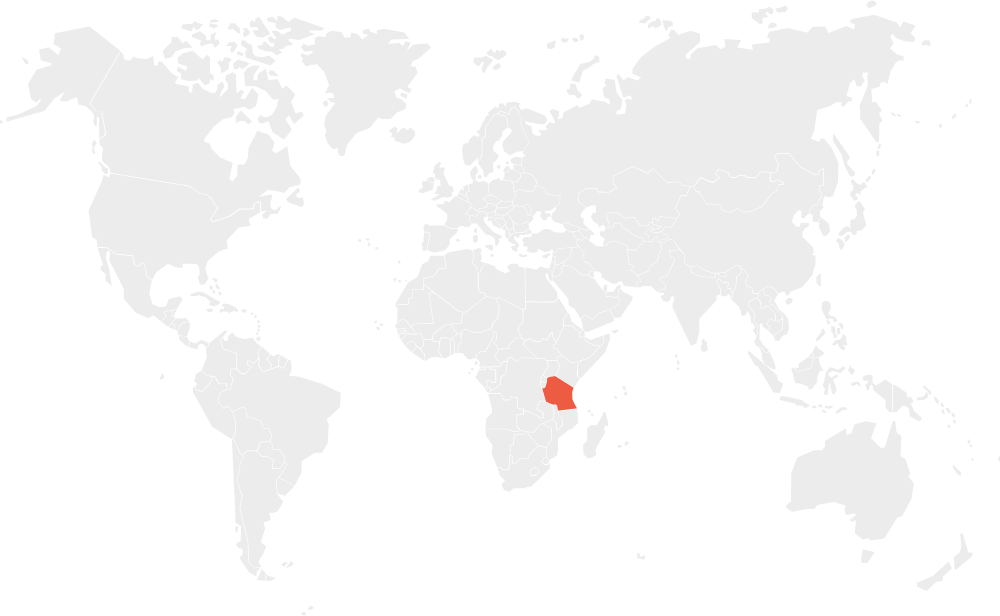Open Data for Developing Economies Case Studies
Tanzania’s Open Education Dashboards
Improving Education with Open Data
by Juliet McMurren, Andrew Young and Stefaan Verhulst
Reference
1 . Project conducted in collaboration with the Web Foundation, United States Agency for International Development (USAID), and the Mobile Solutions, Technical Assistance and Research (mSTAR) program at FHI 360.
2 . This case study builds on and updates a previous piece drafted as part of the GovLab and Omidyar Network Open Data’s Impact initiative.
3 Special thanks to Akash Kapur who provided crucial editorial support for this case study, and to the peer reviewers who provided input on a pre-published draft.
4 . Frank Kimboy, “High Pass Rate Greeted as Good as Well as Bad News,” The Citizen, July 23, 2014, http://www.thecitizen.co.tz/magazine/politicalreforms/High-pass-rate-greeted-as-good/1843776-2394162-14jmnxhz/index.html.
5 . UNESCO, “World Data on Education,United Republic of Tanzania,” 2010, http://www.ibe.unesco.org/fileadmin/user_upload/Publications/WDE/2010/pdf-versions/United_Republic_of_Tanzania.pdf.
6 . World Bank, World DataBank, “Tanzania,” http://databank.worldbank.org/data//reports.aspx?source=2&country=TZA&series=&period=
7 . Elisha Mangolanga, “No More Div. Zero as Government Guts National Grading System,” The Citizen, November 1, 2013, http://www.thecitizen.co.tz/News/Govt-in-major-change-of-national-exam-grading/1840340-2055404-n8mhil/index.html.
8 . Frank Kimboy, “High Pass Rate Greeted as Good as Well as Bad News,” The Citizen, July 23, 2014, http://www.thecitizen.co.tz/magazine/political-reforms/High- pass-rate- greeted-as- good/-/1843776/2394162/-/umh9xl/-/index.html.
9 . The Citizen Reporter, “Teacher Shortage Hurtiing Tanzania,” The Citizen, October 14, 2014, http:/ http://www.thecitizen.co.tz/News/Teachers-shortage-hurting-Tanzania/1840340-2485582-3ktjd2z/index.html.
10 . Jacob Kushner, “Tanzanian teachers learning that education doesn’t pay,” PRI, December 20, 2013, https://www.pri.org/stories/2013-12-20/tanzanian-teachers-learning-education-doesnt-pay.
11 . Freedom House, “Tanzania,” https://freedomhouse.org/country/tanzania#.VaQZFvlViko.
12 . Reporters sans Frontieres, “Tanzanie,” http://index.rsf.org/#!/index-details/TZA.
13 . Freedom House, “Freedom of the Press: Tanzania,” 2011, https://freedomhouse.org/report/freedom-press/2011/tanzania#.VaARQ_lVikp.
14 . Open Data Barometer, “Data and Analysis: Clusters,” Web Foundation, http://www.opendatabarometer.org/report/analysis/index.html
15 . Open Government Partnership, “Tanzania, 2014-15 Action Plan Documents,” 2015, http://www.opengovpartnership.org/country/tanzania/action-plan.
16 . Available at: http://www.necta.go.tz/opendata/, and subsequently updated at: http://www.necta.go.tz/opendata/brn/.
17 . Available at: http://educationdashboard.org/#/.
18 . See: http://www.shule.info/about.
19 . GovLab Interview with Arnold Minde, July 9, 2015.
20 . Ibid.
21 . International Telecommunication Union, “ICT Facts and Figures,” http://www.itu.int/en/ITU-D/Statistics/Pages/stat/default.aspx.
22 . GovLab Interview with Arnold Minde, July 9, 2015.
23 . Ibid.
24 . Ibid.
25 . Ibid.
26 . Michael Bauer, “The Data Bootcamp in Tanzania,” October 25, 2012, Open Knowledge International Blog, http://blog.okfn.org/2012/10/25/the-data-bootcamp-in-tanzania/.
27 . GovLab interview with Samhir Vasdev and Verena Luise Knippel, June 30, 2015.
28 . Ibid.
29 . Ibid.
30 . Open Data for Africa, “Tanzania Data Portal,” November 22, 2013, http://tanzania.opendataforafrica.org/igcpumb/social-justice.
31 . GovLab Interview with Samhir Vasdev and Verena Luise Knippel, June 30, 2015.
32 . Michael Bauer, “The Data Bootcamp in Tanzania,” October 25, 2012, Open Knowledge International Blog, http://blog.okfn.org/2012/10/25/the-data-bootcamp-in-tanzania/.
33 . Africa Focus, “Tanzania: Old media, new media,” AfricaFocus Bulletin, April 5, 2011, http://www.africafocus.org/docs11/tan1104.php.
34 . International Telecommunication Union, “ICT Facts and Figures,” http://www.itu.int/en/ITU-D/Statistics/Pages/stat/default.aspx.
35 . GovLab Interview with Aidan Eyakuze, July 14, 2015.
36 . See, for example: http://www.aptivate.org/webguidelines/Why.html.
37 . See, for example: Participedia, “Enabling Youth Participation through Technology: U-report Uganda, June 21, 2016, http://participedia.net/en/cases/enabling-youth-participation-through-technology-u-report-uganda.
38 . GovLab Interview with Arnold Minde, July 9, 2015.
39 . See: http://www.shule.info/about.
40 . GovLab Interview with Arnold Minde, July 9, 2015.
41 . GovLab Interview with Arnold Minde, September 20, 2016.
42 . Ibid.
43 . GovLab Interview with Samhir Vasdev and Verena Luise Knippel, June 30, 2015.
44 . Ibid.



